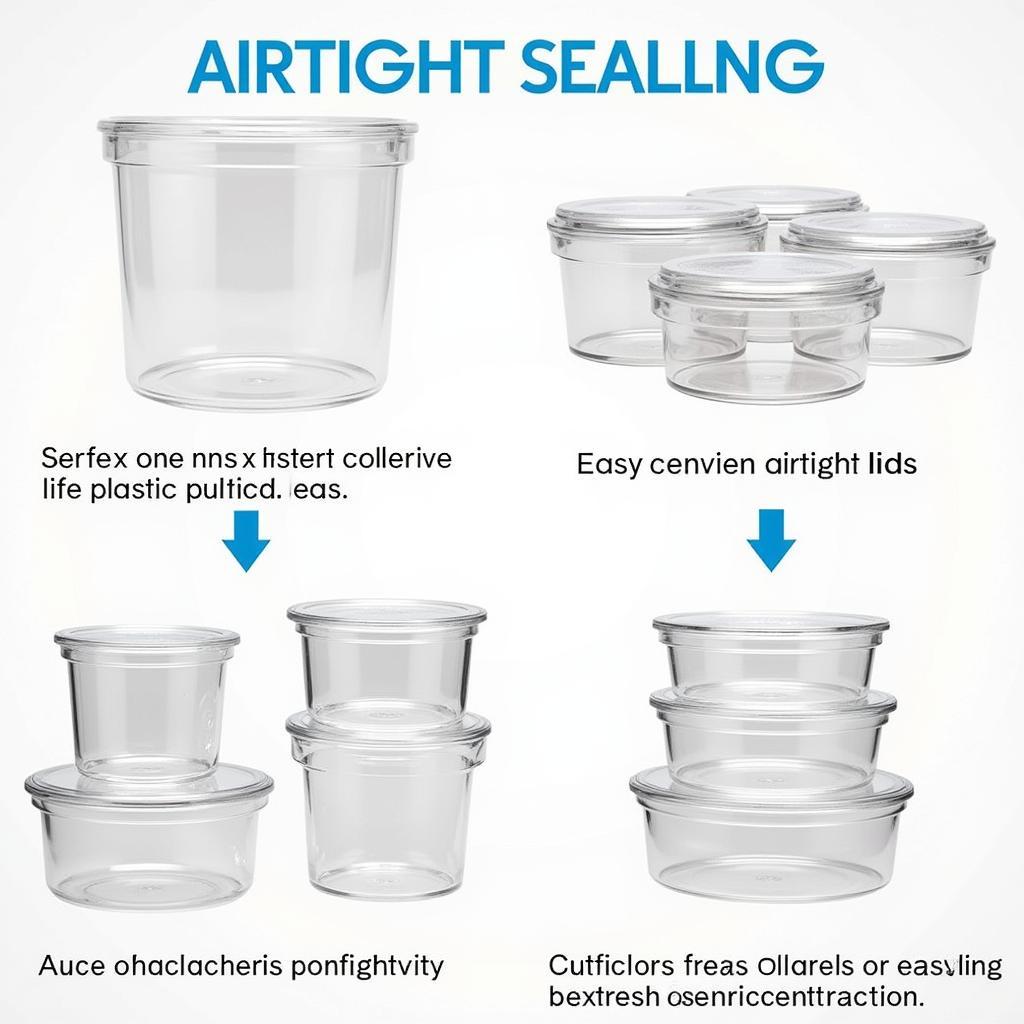Food Grade Equipment is essential for maintaining safety and quality in any food-related business. Whether you’re running a commercial kitchen, a food truck, or a home-based food business, investing in the right equipment is crucial for protecting consumers and ensuring the success of your operations. Choosing equipment that meets food safety standards minimizes risks, maintains product integrity, and builds trust with your customers. Here’s a comprehensive guide to understanding food grade equipment and its importance.
Investing in food safe pvc materials is an important aspect of choosing food grade equipment.
What is Food Grade Equipment?
Food grade equipment is specifically designed and manufactured to handle food products without contaminating them or affecting their quality. This means the materials used in construction must be non-toxic, resistant to corrosion and bacterial growth, and easy to clean and sanitize. Common materials used for food grade equipment include stainless steel, high-density polyethylene (HDPE), and polypropylene. These materials are chosen for their durability, resistance to chemical reactions, and ability to withstand repeated cleaning and sanitizing cycles.
Why is Food Grade Equipment Important?
The primary reason for using food grade equipment is to prevent contamination. Non-food grade materials can leach harmful chemicals into food, leading to health risks. These materials can also harbor bacteria, creating a breeding ground for pathogens. Food grade equipment, on the other hand, is designed to minimize these risks.
Benefits of Using Food Grade Equipment:
- Safety: Food grade materials ensure that harmful substances don’t leach into the food, protecting consumers from health hazards.
- Quality: By preventing contamination and preserving the integrity of ingredients, food grade equipment helps maintain the desired quality and flavor of food products.
- Durability: Food grade equipment is built to withstand the rigors of a commercial kitchen, ensuring a longer lifespan and better return on investment.
- Compliance: Using food grade equipment ensures compliance with food safety regulations, avoiding potential legal issues and penalties.
- Customer Trust: Demonstrating a commitment to food safety through the use of food grade equipment builds trust with consumers and enhances brand reputation.
Choosing the Right Food Grade Equipment
Selecting the right equipment depends on the specific needs of your business. Consider factors such as the type of food being processed, the volume of production, and the available space.
Key Considerations:
- Material: Stainless steel is a popular choice due to its durability and resistance to corrosion. Other options include HDPE and polypropylene, which are lighter and more cost-effective for certain applications. If you’re considering getting a food truck, explore food trucks for sale in Sioux Falls for excellent options.
- Certification: Look for certifications such as NSF, which indicate that the equipment meets recognized food safety standards.
- Cleanability: Choose equipment that is easy to clean and sanitize, with smooth surfaces and minimal crevices where bacteria can hide.
- Functionality: Ensure the equipment meets the specific requirements of your food processing operations.
 Food Grade Plastic Containers for Food Storage
Food Grade Plastic Containers for Food Storage
Maintaining Food Grade Equipment
Proper maintenance is crucial for ensuring the continued safety and effectiveness of your food grade equipment. Regularly clean and sanitize all surfaces, paying close attention to hard-to-reach areas. Follow manufacturer’s instructions for cleaning and maintenance to optimize the lifespan of your equipment. Efficient food palletizing processes rely heavily on the correct use and maintenance of food grade equipment. Effective cost control in food and beverage businesses necessitates investing in durable and easy-to-maintain food grade equipment.
Food safe PVC is a crucial material for many food handling applications.
Cleaning Tips:
- Use approved cleaning agents and sanitizers.
- Disassemble equipment where possible for thorough cleaning.
- Inspect equipment regularly for signs of wear and tear.
Maintaining proper cooler food storage is another critical aspect of food safety and requires the use of appropriate food-grade equipment.
Conclusion
Food grade equipment is a non-negotiable investment for any food-related business. By prioritizing safety and quality through the use of appropriate equipment, you protect consumers, enhance your brand reputation, and contribute to the overall success of your operations. Remember, choosing and maintaining food grade equipment is an ongoing process that requires careful consideration and diligence.
FAQs
- What is the most common material for food grade equipment? Stainless steel is a popular choice due to its durability and corrosion resistance.
- How can I tell if equipment is food grade? Look for certifications like NSF.
- Why is cleanability important for food grade equipment? Easy-to-clean equipment minimizes the risk of bacterial growth.
- What are some examples of food grade plastics? HDPE and polypropylene are commonly used.
- How often should I clean food grade equipment? Regular cleaning and sanitizing are essential, ideally after each use.
- What are the consequences of using non-food grade equipment? Non-food grade materials can leach harmful chemicals into food and harbor bacteria.
- Where can I buy certified food grade equipment? Reputable restaurant supply stores and online retailers are good sources.
For any assistance with food-related inquiries or to find out more about our range of services, feel free to contact us. Phone Number: 02437655121, Email: [email protected] or visit our address: 3PGH+8R9, ĐT70A, thôn Trung, Bắc Từ Liêm, Hà Nội, Việt Nam. Our customer service team is available 24/7.